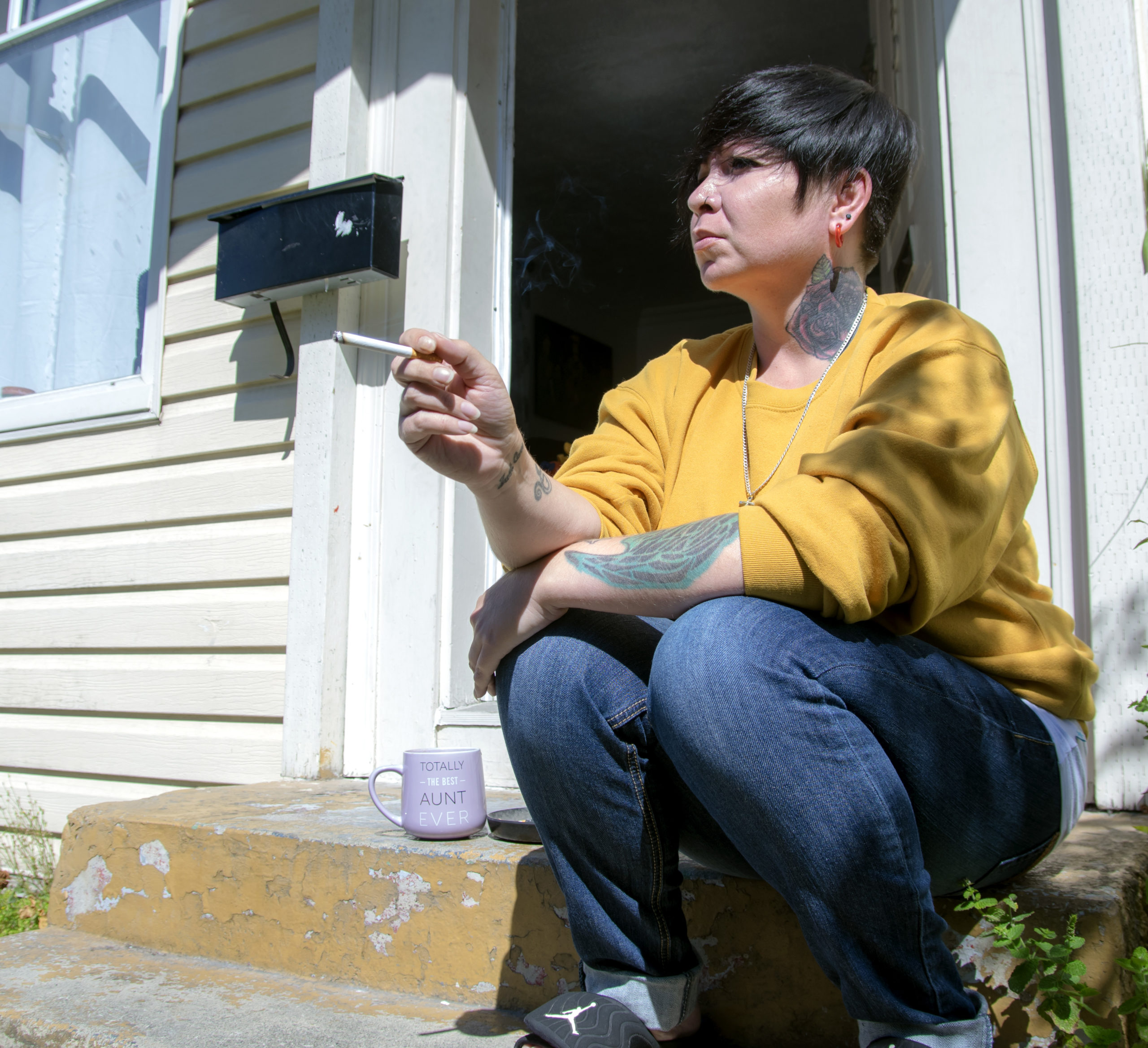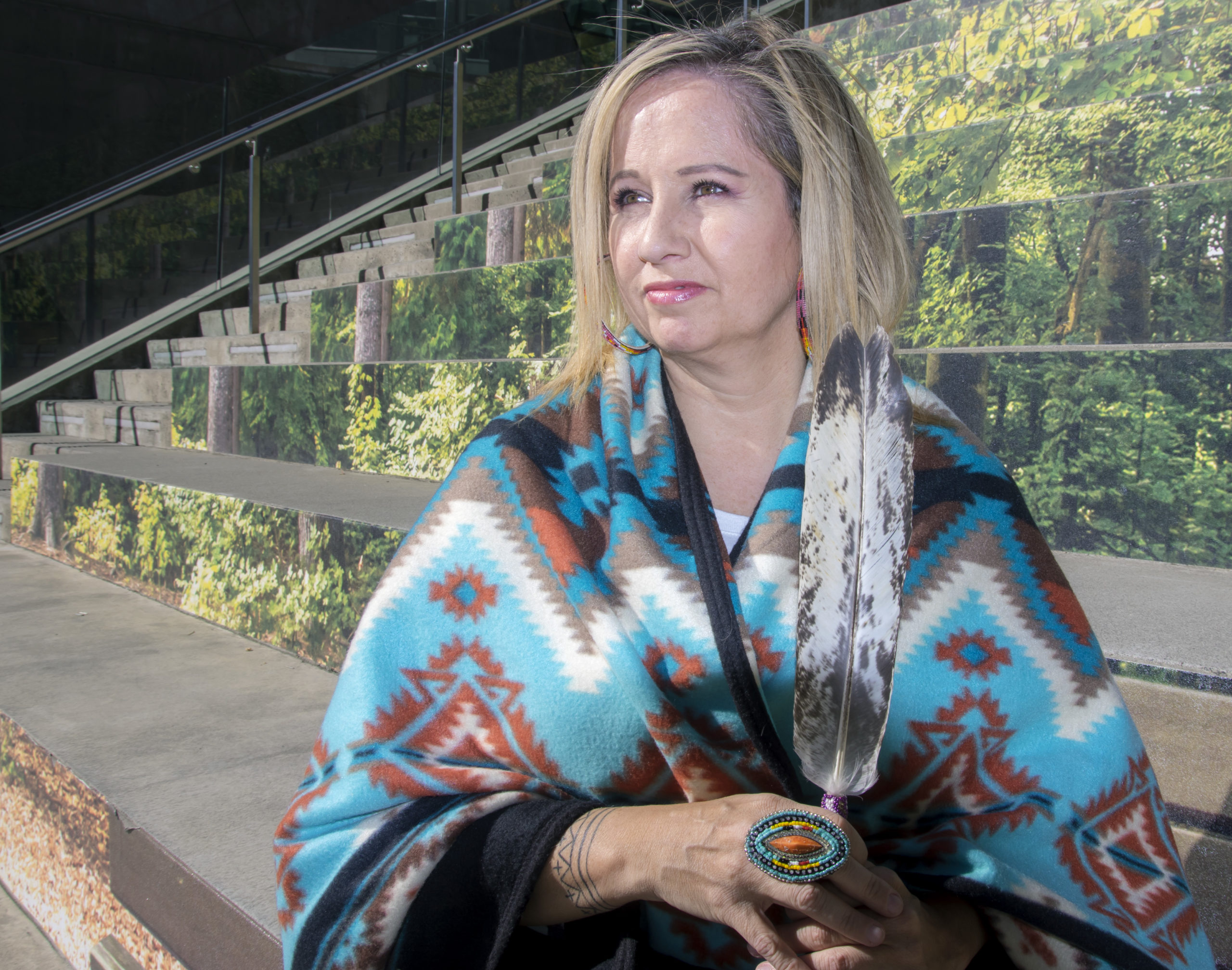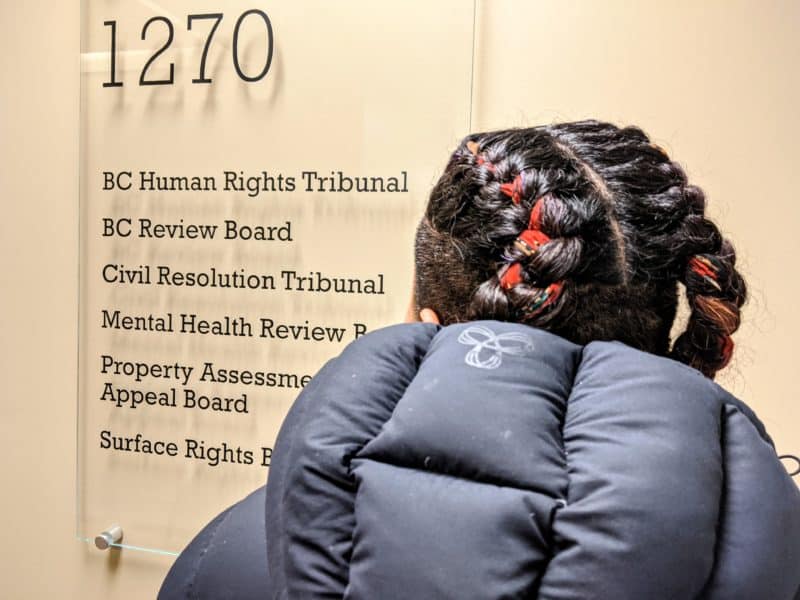
This is from our Urban Nation newsletter. Make sure to share it and subscribe here.
Child-protection trials typically don’t make the news. The routine separation of Indigenous children from Indigenous families and communities — through long, drawn-out trials — is treated like background noise, just another part of ‘the Indian problem.’
But for mothers like “Justine” (whose real name The Discourse is withholding to protect her children’s identities), these trials hold everything in the balance. And they tell a story.
Since Justine’s trial began back in March 2018, I’ve written about the Ministry of Children and Family Development’s argument for permanently separating Justine from her four daughters and key moments in this ongoing trial (which the Provincial Court has now spent 19 days hearing). I’ve also written about the bureaucratic delays plaguing child-protection cases, and the need to change the way psychologists assess Indigenous parents’ capacity to raise their children — a situation that Canada’s national psychology association has called “dire.”
This concern about the use of potentially biased psych tests came up in the latest round of Justine’s trial, which I spent the last two weeks covering. While the ministry argued that the psychologist they hired to assess Justine is qualified to give an expert opinion on her parenting skills, Justine’s lawyer objected. The judge spent a couple of days hearing their arguments in a voir dire (or a mini-hearing within the trial), and she’s set to decide this week on whether the psychologist is qualified to give her opinion on Justine’s parenting capacity. I’ll keep you posted here.
As Canada works toward reconciling the gross overrepresentation of Indigenous children in the child-welfare system, we need to cover not only the flashpoint moments — like the Missing and Murdered Indigenous Women and Girls hearings — but also the stories unfolding in our courthouses every day. We need to listen not only to the higher-profile advocates like the Turpel-Lafonds and the Blackstocks, but also to the Justines.
What you love

Rhea Windsor knows she is from the Heiltsuk First Nation, but East Van is her home.
“That’s where I relate to, that’s where I grew up. I love that no matter what walk of life you come in, you’re accepted,” the 37-year-old mother of three sons says. “I was raised in the city and I know more about my city life than I do about my culture.”
What she loves most about the Lower Mainland’s Indigenous community, she says, are the families and how they all step in to support each other, even if they come from different Nations. “No matter what, you can count on the families here, they’ll be there for you,” she says. “It doesn’t matter where you’re from, we come together and then we’ll work together and find that child, or help or come together and get them what they need, or step up as another parent.”
Rhea says she sees the Indigenous community in the Lower Mainland as sad yet strong; hurt yet resilient.
“When we need to, we pull together, but when we’re alone we just fall,” she says. “I see that everyday.”
People are talking about
-
In this Georgia Straight story, Musqueam First Nation member Wade Grant talks about why he is running for Vancouver city council.
-
Business in Vancouver chronicles how the 107-member Kwikwetlem First Nation is poised to open its first multimillion dollar industrial land development.
-
Maclean’s explains why Indigenous visibility is now part of its annual university rankings.
-
Read why the Métis Nation of British Columbia is holding engagement sessions with Métis people in communities across B.C.
Culture connections

A revelation about her mother’s residential school experience inspired Bonnie Van Hatten to leave her health career and become a reconciliation educator.
Bonnie’s mother attended St. Joseph’s residential school in Williams Lake, B.C. “As soon as I learned that she went to residential school and all the policies in place that were put to make sure that Indigenous people were assimilated into the Canadian politic, I changed my career completely,” the 48-year-old Secwepemc member says.
Today, Bonnie operates her own business, educating people and organizations about Indigenous history, stereotypes, hidden biases, power and privilege, and moving towards specific calls to action within organizations. She is also pursuing her Master’s degree in Education at Simon Fraser University, in curriculum and instruction.
Indigenous people “are filled with hope, we’re filled with resilience, we come from matriarchal societies, we come from societies that have a strong bloodline,” she says. “We’re filled with ancestral knowledge, and we want to be recognized in the communities and really revered as the original landowners and the original inhabitants of this land.”
Let’s gather
-
Oct. 18: The Pacific Association of First Nations Women (PAFNW) is looking for Cree and Ojibway members to sign up for their Speaking Our Ways language program. Classes will be held weekly on Thursdays, starting Oct. 18, 2018, and are free for Cree and Ojibway folks.
-
Oct. 18: The Vancouver Youth Reconciliation team and the Canadian Roots Exchange are organizing a feast at the Mount Pleasant Neighbourhood House in Vancouver to follow the Moose Hide Campaign’s national day of fasting. The Moose Hide campaign is “a grassroots movement of Indigenous and non-Indigenous men and boys who are standing up against violence towards women and children.”
-
Oct. 24: A bus-load of youth with lived experience of the child-welfare system will travel to Victoria to lobby ministers, MLAs, and senior bureaucrats. They want “universal and comprehensive agreements with young adults” who’ve aged out of care. Youth can reserve a spot on this bus by registering by Oct. 17.
-
Oct. 24: Join artists Tawahum, Kimmortal, Me_gang, JB the First Lady and Curtis Clearly and the Constellationz for Decolonial Love — “a night of decolonial hip hop and wordsmithery” at Calabash in Vancouver.
If you know about an event that you think should be included in this newsletter next week, send me an email.[end]



